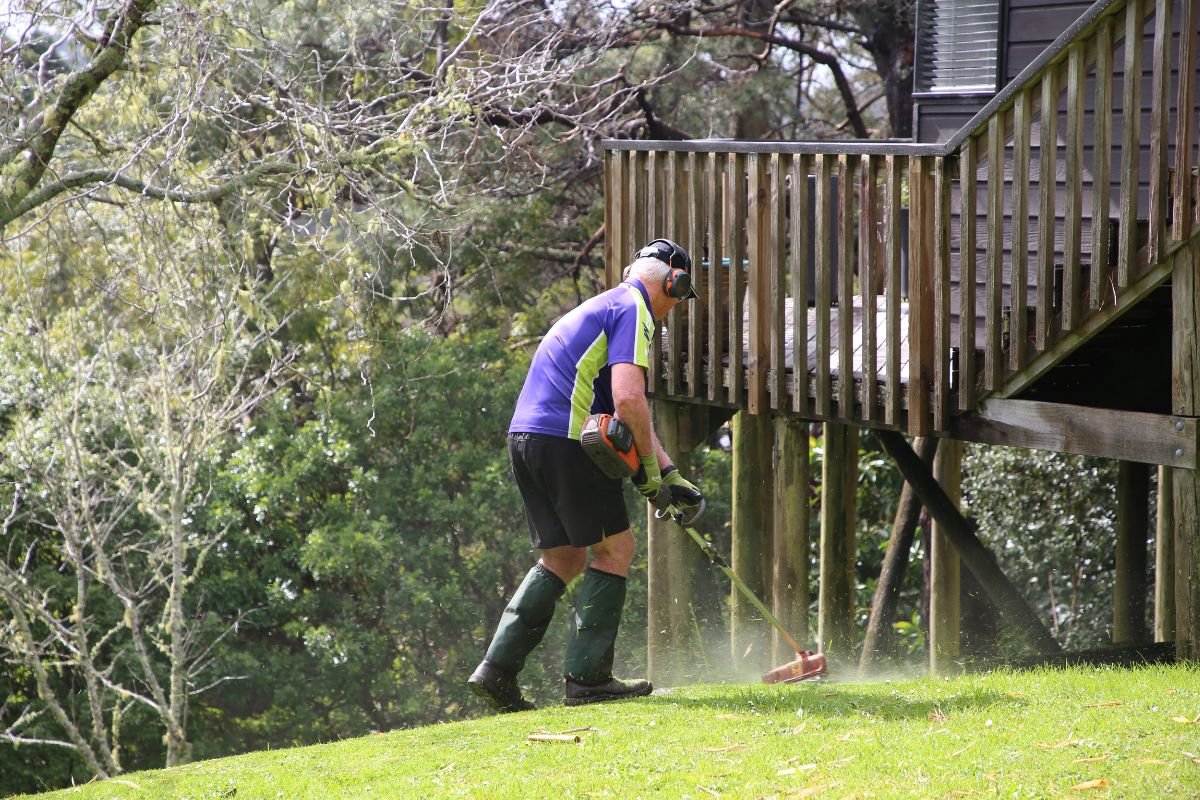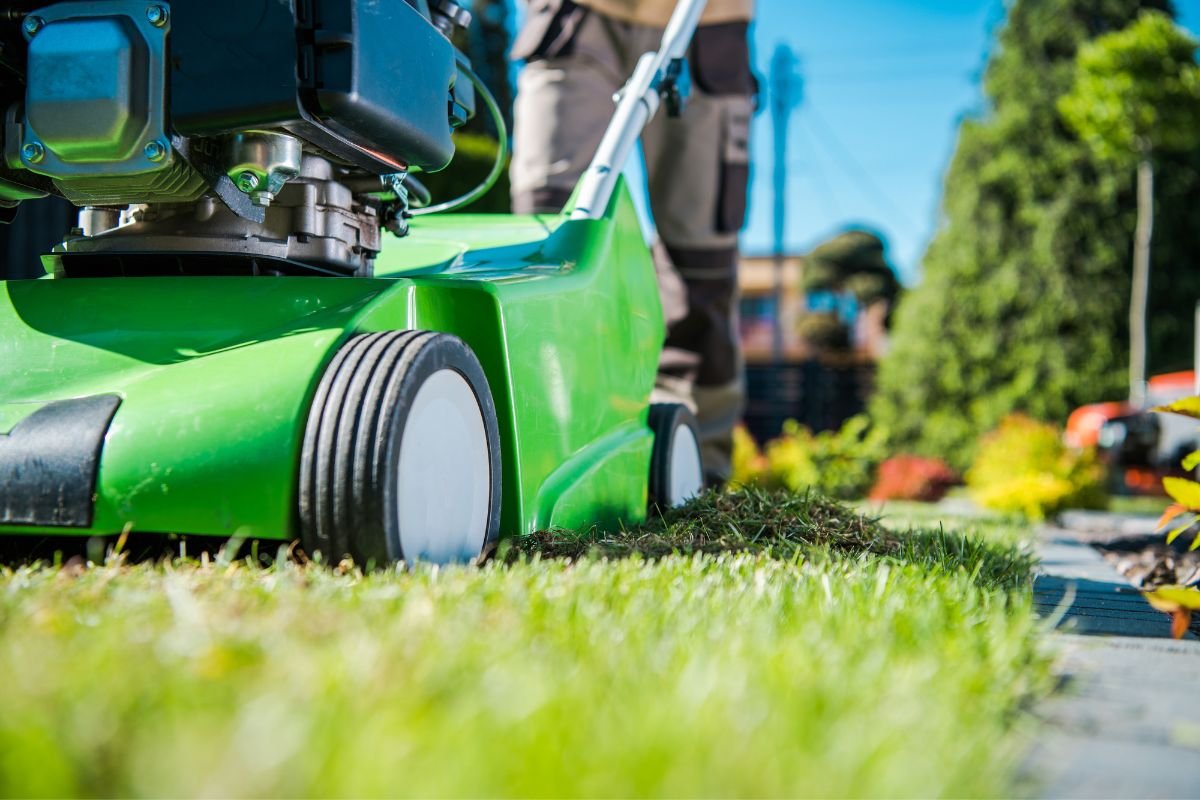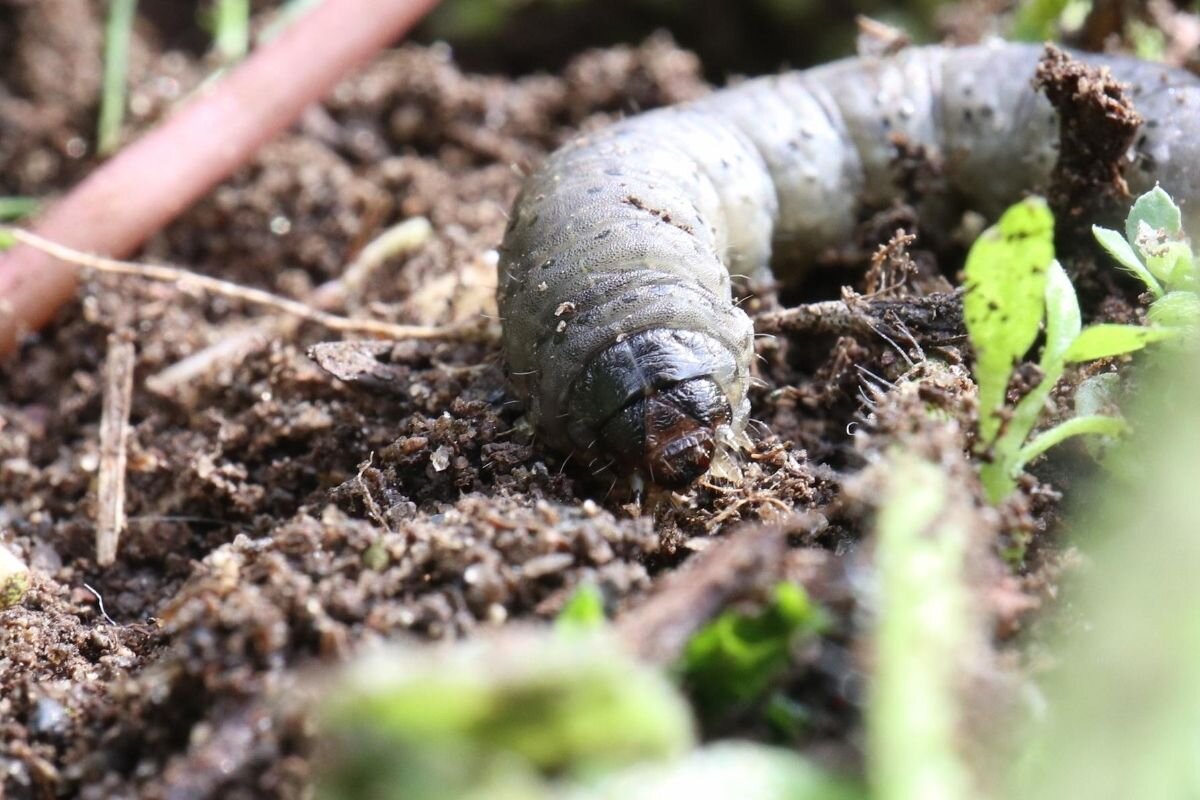Whether you’re a homeowner or renting in New Zealand, you may be curious about your lawn mowing requirements. After all, getting on the wrong side of neighbours, tenancy services, or the council is the last thing most people want to do.
It’s important to note that every council sets different rules. Before you haul out the lawnmower for the first time at your new property, take the time to familiarise yourself with what may be required of you.
Rules and Requirements in Tenancy Agreements
If you’re a tenant who has just signed a tenancy agreement, you may see mention of property maintenance and your requirements. Some landlords prefer to take care of lawn mowing and gardening themselves, while others leave that responsibility to the tenant or a lawn care service.
Pay careful attention to which of these scenarios applies to you to ensure you can keep your property looking as tidy as possible.
Identifying Parts of Your Property
When you’re reading through the council requirements for lawn mowing in NZ, you may see a lot of different terminologies used that cause some confusion. The Wellington District Council has created a graphic to help homeowners understand what they may be required to do.
The council will maintain trees over 2m tall on road reserves, but you’re required to keep plants and trees on your property within the height and width restrictions outlined by your specific council.
Road reserves are located between the road and your property’s boundary. They are council-owned and maintained by the council. In contrast, verges are grassy areas between the street and your property boundary. These, too, are council-owned, but it’s generally the property owner’s responsibility to mow them.
Grass Verge Requirements
Depending on where you live, you might have a grass verge outside your property that requires maintenance and mowing from time to time. How that maintenance takes place and who manages it can differ from one council to the next.
For example, Dunedin City Council’s policy is that all grass verge maintenance is the adjacent property owner’s responsibility. However, some exclusions may apply. A property owner’s illness, restrictions, or age, may mean that you can apply to have the council undertake verge lawn mowing to a minimum standard.
Rangitīkei District Council, Wellington City Council, and many others operate similarly. Here, property owners are responsible for mowing and maintaining grass verges between their property edge and the road.
Other maintenance requirements also exist, such as keeping plants and trees within height and width restrictions and keeping branches clear of accessways like footpaths and driveways.
Does the Council Maintain Berms?
While most councils throughout Aotearoa request that people mow the berms outside their properties to keep them clean, tidy, and attractive, there are situations in urban areas where they may step in to cut them on behalf of property owners.
For example, long grass in a particular area may create a traffic visibility problem, or the lawn is located in a high-profile site, such as an entrance to a town. If the grass is growing on a high bank that a traditional lawnmower can’t access, then the council may also take care of this grass.
If grass berms are left to grow higher than 150mm, they may be mown to around 50mm four times per year. Once again, these rules and regulations may change depending on where you live.
What If I Can’t Mow My Berm?
What happens if you can’t mow your berm or verge depends on what your council has in place for this situation. For example, in Tauranga, the council will use contractors to mow verges and berms once they reach 300mm long as part of their mowing program.
Ride-on mowers are used to cut these grassy areas, and as they don’t have catchers, the clippings are left behind. The mowing is performed to a minimum standard, which means most residents put steps in place to have them mowed by other parties to keep them looking as attractive as possible.
If you can’t mow your own lawns, and you don’t want to rely on your local council, you may decide to request help through the government. The government funds some household tasks, repairs, and maintenance, such as lawn mowing, gardening, housework, window cleaning, and more.
Eligibility requirements for this service include having a community services card and performing a needs assessment to prove you need this help.
Alternatively, you may like to rely on friends, family, neighbours, or your local lawn mowing service provider. Some charities and foundations may also be able to help with general home maintenance if you require it.
Maintain Your Lawns Today
When you become the person in your household responsible for lawn mowing and maintenance, it’s not always easy to know what your requirements are. Check with your local council about which parts of your property you need to maintain, then contact a lawn care company to ensure your property looks well cared for year-round.
.png)
























































